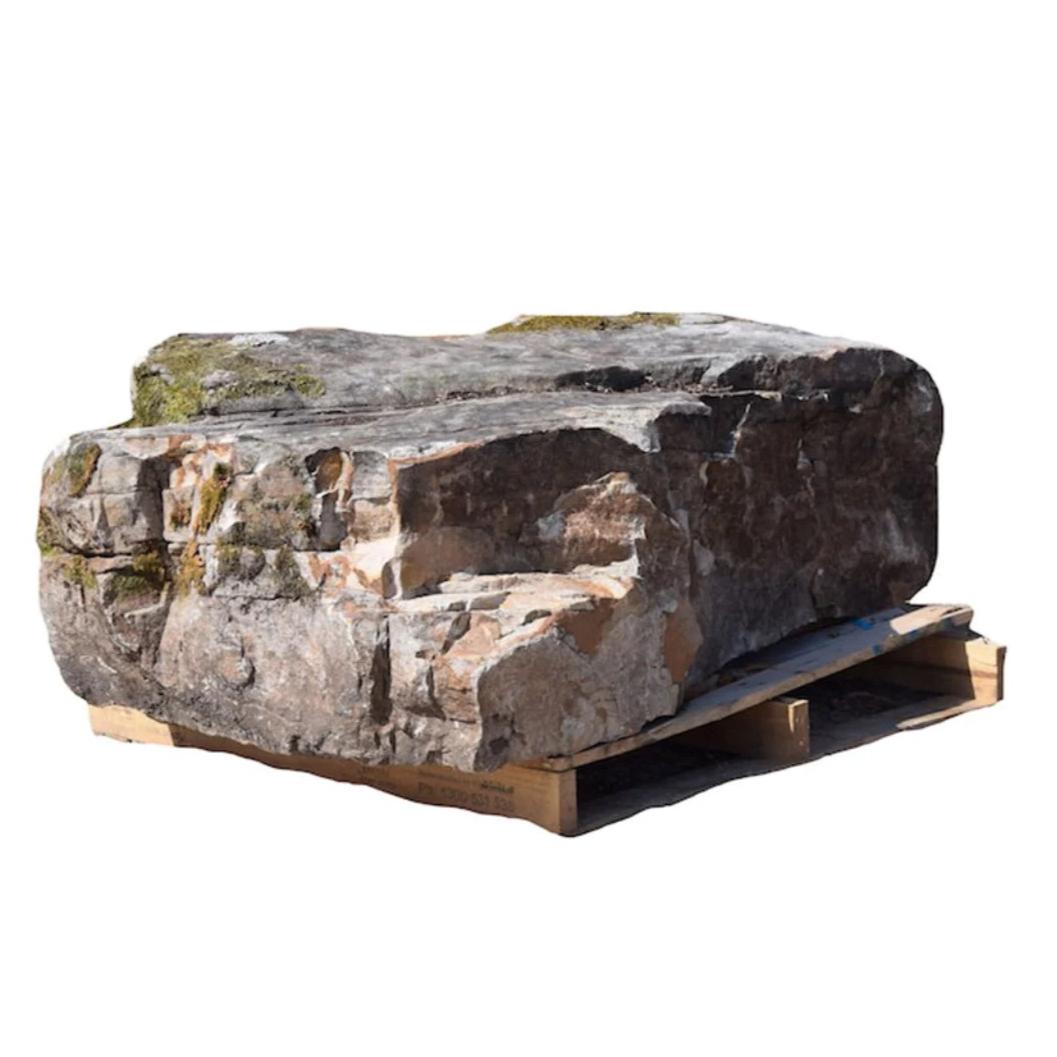How to Plant a Tree
Add a beautiful canopy to your landscape by planting a tree. Trees not only give off life-giving oxygen and enhance your home’s curb appeal but also offer cool shade and shelter for birds and animals.
Spring is a wonderful time to plant; luckily, it’s not a difficult process if done right. Below are three complete steps to plant a tree!
Hint: Are you a visual learner? Watch how to plant a Japanese Maple from our partner, Monrovia!
Step 1: Dig the hole
Make the width of your hole slightly wider than the root ball. You want the hole wider, so the tree’s feeder roots have enough soil to work with (unless the soil is sandier – then you want the width tighter).
Ensure the depth of the hole is the same as your tree’s container or root ball.


When shoveling, place all the leftover dirt (also called spoils) on the downhill side of the hole. This process helps trap some of the water that’s needed to passively irrigate your tree.
Step 2: Plant & backfill with compost
Once your hole is ready, you can add some planting mix. Next, carefully place the rootball into the hole. Don’t lift your tree by its trunk or branches. Instead, lift by the root ball’s covering, such as the burlap or rope.

With your tree in the hole, backfill the hole with native compost to enrich the soil. Here’s the compost we recommend. Ensure the tree is upright, and fill in the hole until the dirt comes up to about halfway on the root ball.
Pat down the soil to remove air pockets and water the soil. Finish backfilling the hole until the soil covers the root ball’s top.
Step 3: Water the tree
Water your tree to ensure that your tree’s root system doesn’t dry out. Every tree has its own water requirements, but a good rule of thumb is to dig your finger into the soil about 2-4 inches deep and determine the soil moisture.

If the soil feels dry, water your tree (hint: use enough water to moisten the tree’s root mass). After that, water your newly planted tree every other day for one to two weeks. You can then water once a week.
Once your tree is planted, consider spreading mulch around the tree’s trunk (ensure the mulch doesn’t touch the base of the tree). Mulching protects your tree’s roots and conserves water.
Note: Staking a tree is only necessary if the tree seems unstable.
Watch your tree grow
Congrats! Your tree is now planted, and you and your family can enjoy it for years to come. If you’re not sure what tree to plant, view our favorite trees here.
Want more tips on tree planting and landscape design? Ask the experts! Check out our Virtual or On-Site Consultation. Schedule a virtual 30-minute meeting or a one-hour scheduled site visit from a Landscape Architect or Designer to make your landscape dreams a reality.













































